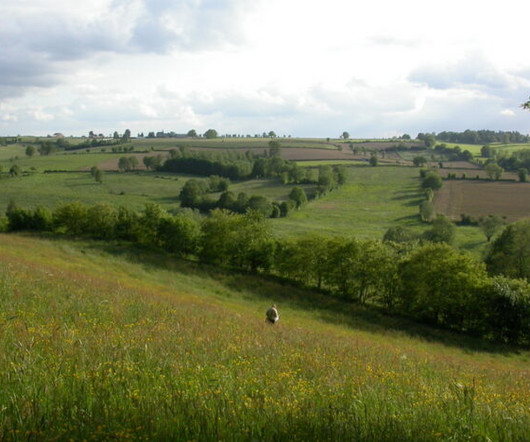The Fifth National Climate Assessment: Implications for Agriculture
National Sustainable Agriculture Coalition
JANUARY 17, 2024
In response, the chapter centers agroecological solutions like enhanced soil health and diversified landscapes. However, solutions to livestock methane center on feed supplements and energy capture from liquid manure systems rather than grazing systems. the Osage Nation’s community orchard.











Let's personalize your content